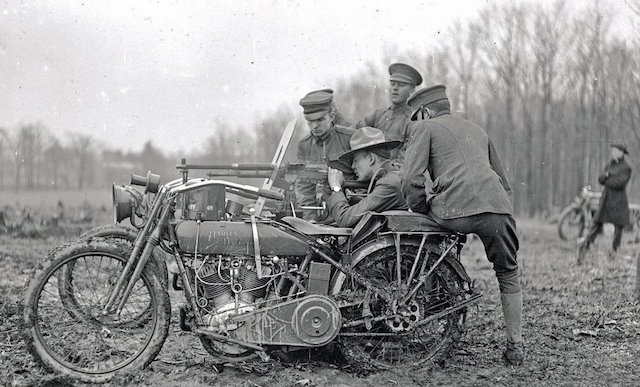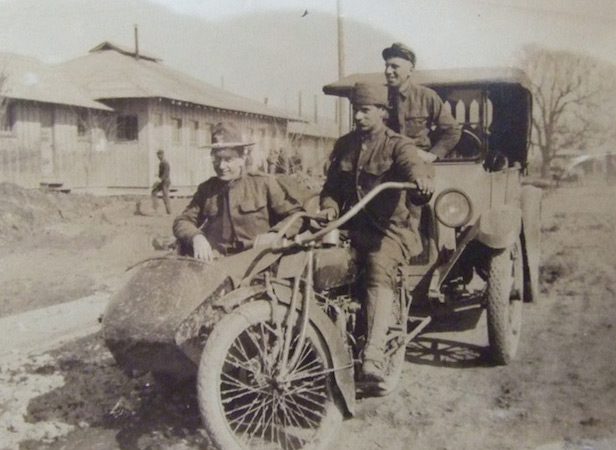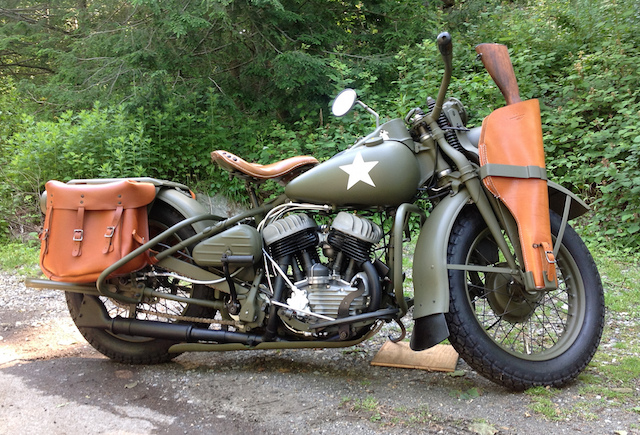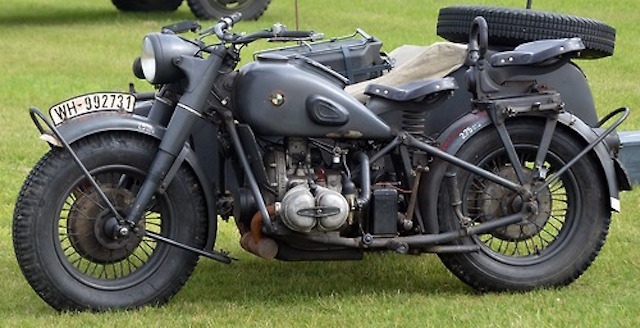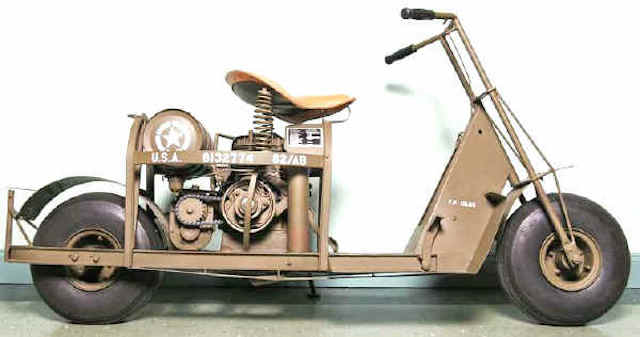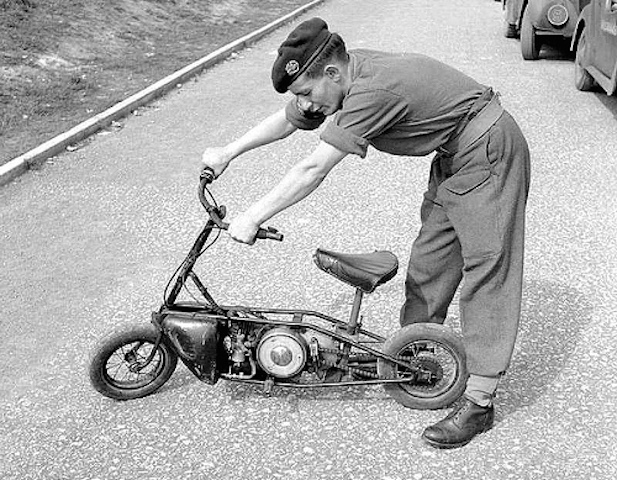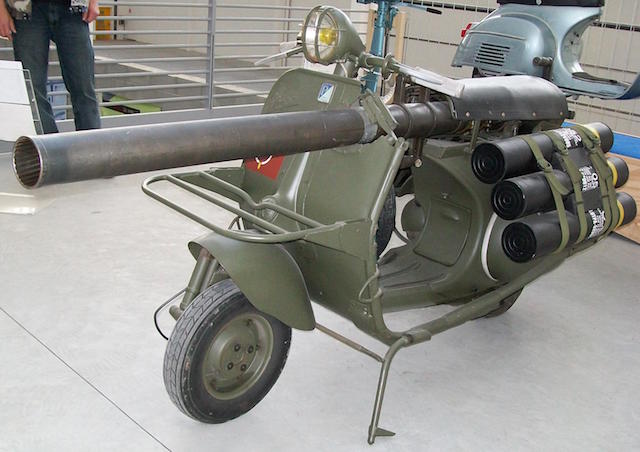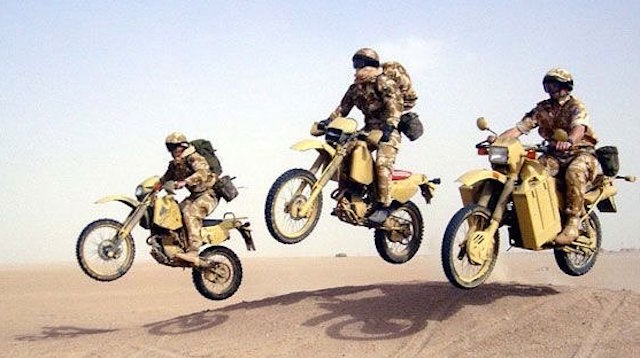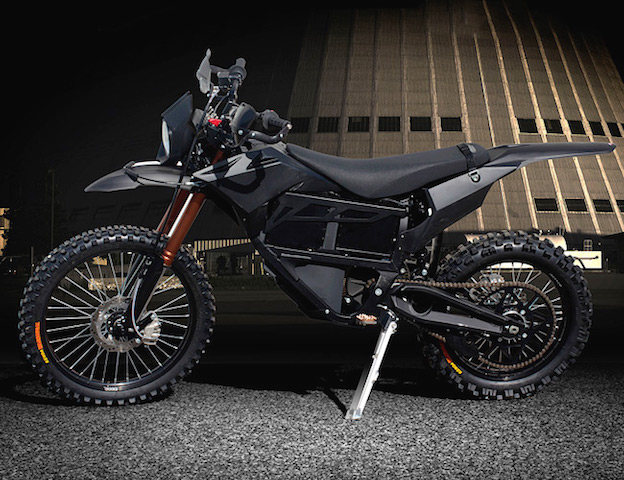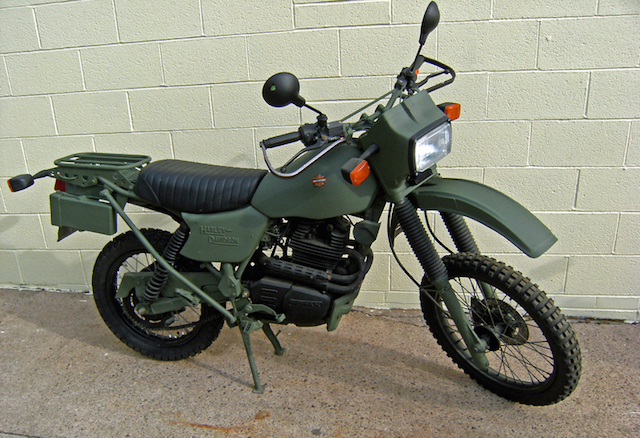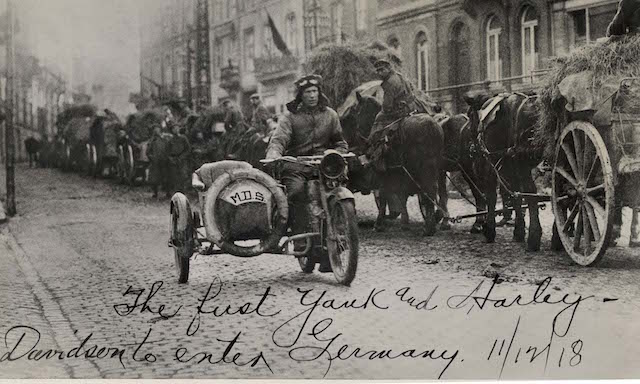
As far as famous military vehicles go, the Jeep from World War II immediately comes to mind. In recent years perhaps the Humvee stands out, certainly with American forces.
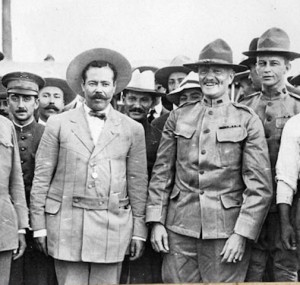
But the first vehicle that could quickly help to change the order of battle was the motorcycle. The military has been utilising its simple and nimble functionality for more than 100 years.
In America, General ‘Black Jack’ Pershing used a Harley-Davidson (H-D) to chase Mexican bandit Pancho Villa around America’s south-west in 1915.
In Europe back then, World War I (WWI) was raging. British and Commonwealth troops mostly used Douglas and Triumph bikes. When America entered the war in 1917, they brought with them Indian and H-D bikes, along with others made by Excelsior and Henderson.
Indians and H-Ds returned to Europe with the Americans in World War II (WWII) to be used alongside British bikes from the likes of Norton, BSA, Ariel, Matchless and Royal Enfield.
The make-up of the military motorbike since WWI has gone from V-twin engines and mounted machine guns to silent, all-electric models in the hands of special hit-and-run operatives.
Here’s a brief look at some of the motorbikes used by the military over 100 years.
Harley-Davidson Model 17F/J: Originally part of an order of just a dozen, Harley-Davidson developed the Model 17F/J for General Pershing to combat Pancho Villa in the so-called ‘Border War.’ The way the Model 17F/J handled the conditions was so impressive, the US military upped the order. By the end of WWI almost 20,000 H-Ds were in military service. The Model 17F/J had a 1000cc Flathead V-twin engine delivering 16 horsepower. Although there were more Indians than H-Ds in US forces, the H-D carried the first American soldier to enter Germany after the signing of the 1918 Armistice. Corporal Roy Holtz is pictured at top on November 12, 1918 riding a J-series.
Indian Powerplus Big Twin: Although the H-D was in service in WWI at the same time, the Indian Powerplus Big Twin was the favorite of the armed forces, with 50,000 units in service. But Indian was sending almost its entire production between 1917-18 to the war effort, meaning its civilian dealers back in the US didn’t have much to sell. That led to Indian falling on harder times than rival H-D after the war. The Powerplus had a 1000cc V-twin developing 18 horsepower.
Harley-Davidson WLA, ‘The Liberator’: Motorcycles largely moved away from the front lines in WWII and instead were mostly used by dispatch riders and military police. By the end of the conflict in 1945, H-D had built almost 100,000 WLA units for military use, with around 30,000 going to the Russian army. The company also continued to produce WLAs for civilians, but without military-issue windshield, panniers, and other add-ons. Those things were ‘chopped off’, H-D told its dealers – thus leading to the creation of the ‘chopper.’ The WLA had a 740cc V-twin with 23 horsepower.
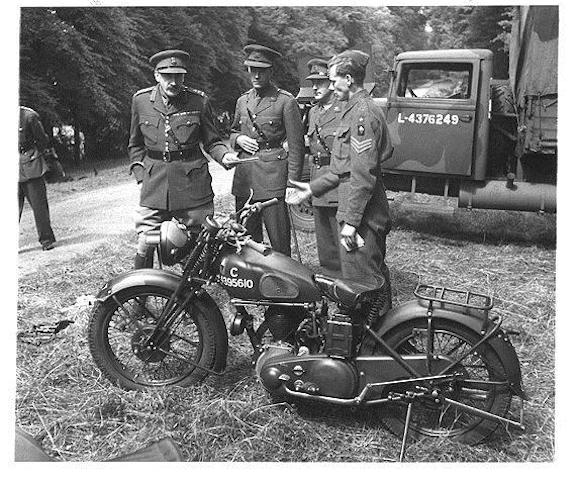 Norton WD16H: The Norton WD16H was the British military’s version of the civilian 16H model. Many thousands were made in the late 1930s and throughout WWII. It served as the military’s main bike, but was no means the only WWII bike – the Royal Enfield Flying Flea, James ML and the BSA M20 were also used.
Norton WD16H: The Norton WD16H was the British military’s version of the civilian 16H model. Many thousands were made in the late 1930s and throughout WWII. It served as the military’s main bike, but was no means the only WWII bike – the Royal Enfield Flying Flea, James ML and the BSA M20 were also used.
BMW R71 and R75: The German rival to the H-D WLA set the standard for military motorbikes. The BMW K71 and its later derivative, the more advanced K75, were so successful in both two-wheeled and sidecar-equipped three-wheel form that H-D even made a copy in the form of the flat-twin XA model. The other German bike of WWII, the Zundapp KS750, shared as many as 70 per cent of its components with the BMW R75.
Cushman Model 53: Designed to be compact, lightweight and suitable for parachuting into combat, around 5000 were made during WWII for the US military. But the lack of suspension and a single-cylinder 4.6 horsepower engine meant they were not that practical in the field.
Welbike: A similar idea to the Cushman, the British Welbike was made specifically for the Special Operations Executive (SOE) and used in Operation Market Garden, the Allied airborne operation of September 1944. They weren’t that successful but, unlike other military bikes based on civilian models, the Welbike was specifically designed for the job in hand. It later evolved into the Corgi scooter.
Vespa 150 TAP: The idea was to drop this 1950s Vespa by parachute into war zones. It came with a M20 recoilless rifle, but the rifle had to be mounted on a tripod away from the bike before it could be fired.
Kawasaki KLR650: When the first Iraqi war broke out in the early 1990s, the Kawasaki KLR became a popular choice, albeit in a heavily modified form. The military KLR, known as the M103M1, was versatile enough to either run on jet fuel or burn diesel. Its 651cc single-cylinder engine returns 45 horsepower.
Zero MMX: The MMX was developed specifically for the military’s special operatives because of Zero’s near-silent electric motor. The battery has a range of around 130km and can last for more than 4000 hours. The bike’s big advantage as a hit-and-run weapon is its acceleration – it can do the 0-100km/h sprint in four seconds. Engine is a 6.5kWh lithium-ion battery and brushless motor delivering 54 horsepower.
Harley-Davidson/Armstrong-CCM MT350/MT500: Despite being known by various names, the Armstrong MT500 and the later MT350 have been in use by the military for some years. H-D gained a licence to build them and all the later 350cc machines are H-D branded, but the design was from Britain’s Armstrong-CCM.
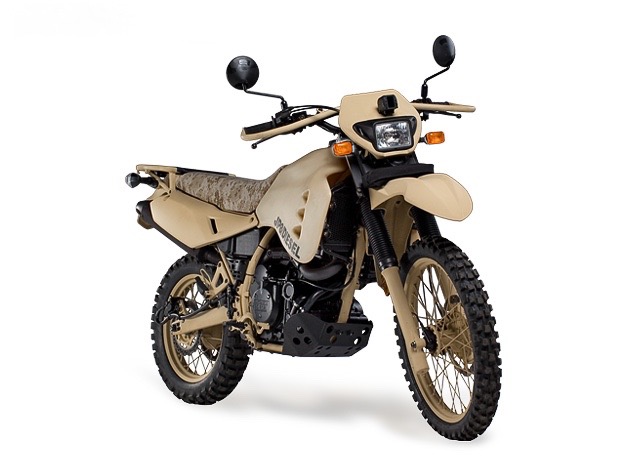 Kawasaki/Hayes M1030: Bikes don’t get much more utilitarian and usable than the Kawasaki KLR650, and the US military M1030 is simply an even tougher version of the same bike modified by US firm Hayes Diversified Technologies. While the M1030B1 uses the familiar Kawasaki engine, the later M1030M1 gets a multi-fuel version, designed to run on diesel, kerosene or the JP4, JP5 and JP8 jet fuels.
Kawasaki/Hayes M1030: Bikes don’t get much more utilitarian and usable than the Kawasaki KLR650, and the US military M1030 is simply an even tougher version of the same bike modified by US firm Hayes Diversified Technologies. While the M1030B1 uses the familiar Kawasaki engine, the later M1030M1 gets a multi-fuel version, designed to run on diesel, kerosene or the JP4, JP5 and JP8 jet fuels.

